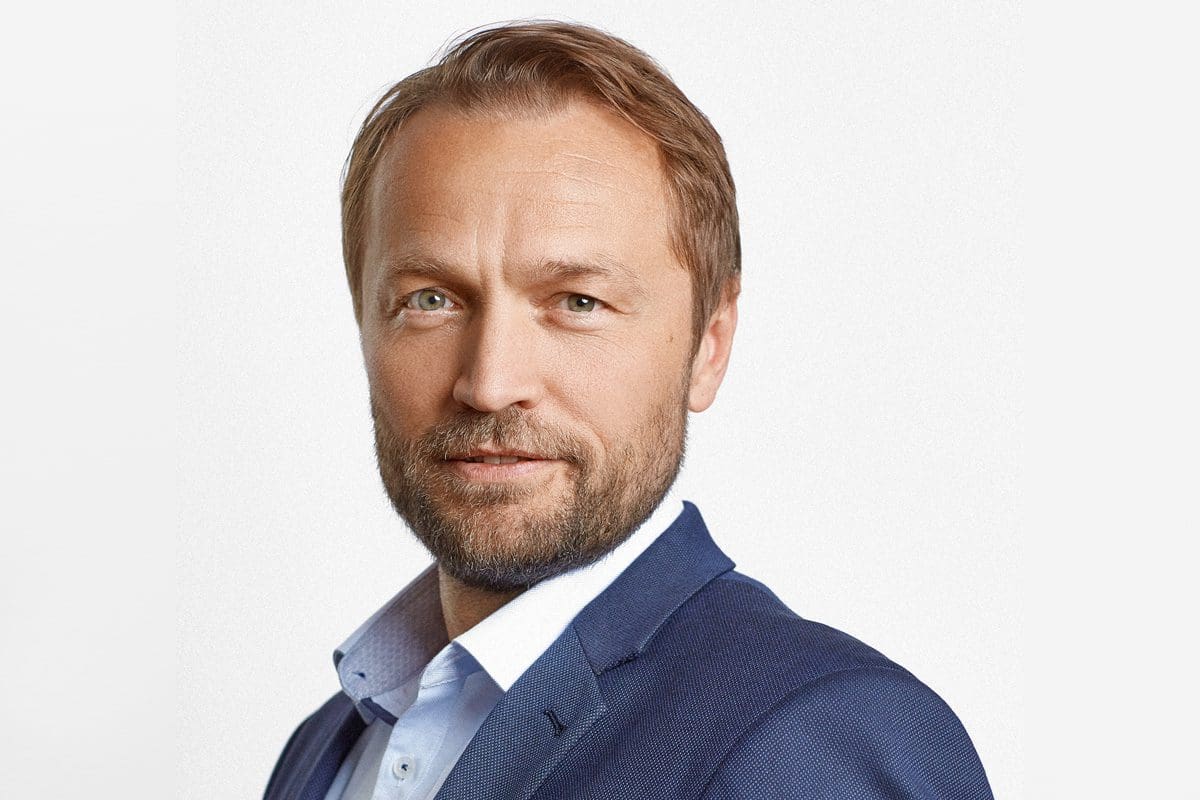Healthcare & Life Sciences as High-growth Niche in Europe
Following the boom in the USA, there has been strong growth in the volume of investments in healthcare and science infrastructure across Europe. The global drivers of the sector are the systematic demand for healthcare because of the ageing of the global population at the same time as significant changes in lifestyles and diets, and the questions of how some 10 billion people will be fed in the year 2050 and how humanity can prepare for future pandemics. Fired-up by the COVID-19 pandemic and in conjunction with the growing realisation that key sectors should not be completely outsourced abroad, the healthcare & life sciences sectors are now perceived as system-relevant.
Technological developments and digital transformation result in superior productivity in the healthcare & life sciences sectors compared to other economic segments. Both are attracting strong investment impulses from both private and public sector capital.
TSC Real Estate is a long-standing specialist in healthcare real estate and is responding to the increasing demand and – as a European company – will shortly be rolling out a new investment vehicle to take advantage of the opportunities offered by the attractive niche markets in the European healthcare & life sciences sectors.
Increasing investments in research & development in Europe
Capital investments in the healthcare & life sciences sectors have already increased over the last few years. In 2021, the entire global capital investment volume including M&A, IPOs, venture capital and private equity increased by approx. 43% year-on-year to around €803 billion, of which some €35.1 billion was invested in Germany and approx. €91 billion in the rest of the core EU countries. In 2019, the total number of biotech companies in Germany rose to over 660. The actual volume of venture capital financing in biotech and pharmaceuticals start-ups increased by 41% year-on-year to a total of €5 billion in 2021. As a result, a number of distinct healthcare & life sciences clusters have developed in Belgium, France and other locations within the EU.
Although approx. 80% of global pharmaceuticals exports already originate in Europe, the continent of Europe still lags behind in terms of healthcare and science agglomerations and thus lacks a diversified infrastructure for research, production, processing, supply and management with regard to healthcare and medical products.
Europe is an attractive science location
Compared to the already highly institutionalised and globally dominant US market, the healthcare & life sciences sectors in Europe remain significantly less developed. This enables investors to benefit from the growth and increasing co-operation of education and public sector research with commercial research and development. An important factor in this regard is that 43 of the world’s Top 100 life sciences universities are located in Europe. The availability of well-educated and usually cheaper specialist staff is an important competitive advantage compared to locations in the USA.
In combination with a supportive political framework and tax regime, this attracts company-related investment, which results in a high demand for real estate. The sector calculates that every €1 billion of venture capital invested in life sciences companies triggers a demand for around 46,000 sq m industry-specific space.
Berthold Becker, Manging Director of TSC Real Estate, explains: “At TSC Real Estate, we have been active in the core sectors of the healthcare real estate segment and helping to shape market development for some time now. We have continually extended our focus from pure care properties to healthcare & life sciences real estate. The often complementary segments work well with each other and we are aware of their specific requirements in terms of both locations and critical national and local infrastructure. In particular, the possibility of developing local agglomerations comprising various healthcare & life sciences companies is of paramount importance. With the correct location-related framework conditions, it is possible to develop a sectoral cluster, which ultimately is decisive for the sustainable viability of a location.”

Berthold Becker, Manging Director of TSC Real Estate
Cross-border structures require a European approach
Similar to the energy sector, it has also become important in both Germany and Europe to lay healthcare & life sciences development on a strong foundation. Although clusters typically develop locally and regionally, the relevant tenants and corporate structures are typically active and co-operate across borders and internationally. For this reason TSC Real Estate takes a pan-European approach to investing in healthcare & life sciences real estate infrastructure in order to satisfy cross-border demand.
TSC Real Estate analyses and identifies healthcare & life sciences locations throughout Europe
Locations where the responses to important questions in the medicine, nutrition and healthcare sectors are researched and developed rely on the symbiosis with scientific clusters, teaching and research and increasingly also on the commercial utilisation of the resulting findings.
The answer to the question as to how such locations are defined in principle and their sustainable quality is therefore of great importance. In order to provide far-sighted answers, TSC Real Estate has developed a dedicated location qualification tool, which collects data and information from a wide variety of sources. Data analytics is used to evaluate 21 principal categories on a country-specific basis. The first step is the identification of countries, the second step is the identification of regional locations and the third is the identification of micro locations, which are scored and presented in the form of a balanced scorecard. The target countries already identified include Germany, France, Denmark, Belgium, the Netherlands, Italy and Spain.